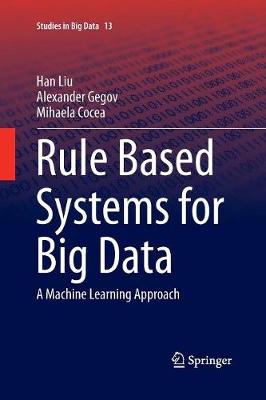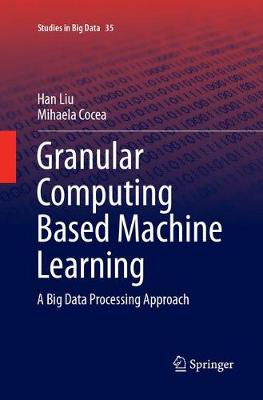Studies in Big Data
2 primary works
Book 13
Rule Based Systems for Big Data
by Han Liu, Alexander Gegov, and Mihaela Cocea
The ideas introduced in this book explore the relationships among rule based systems, machine learning and big data. Rule based systems are seen as a special type of expert systems, which can be built by using expert knowledge or learning from real data.
The book focuses on the development and evaluation of rule based systems in terms of accuracy, efficiency and interpretability. In particular, a unified framework for building rule based systems, which consists of the operations of rule generation, rule simplification and rule representation, is presented. Each of these operations is detailed using specific methods or techniques. In addition, this book also presents some ensemble learning frameworks for building ensemble rule based systems.
Book 35
This book is aimed at PhD students, postdoctoral researchers and academics who are actively involved in fundamental research on machine learning or applied research on data mining and knowledge discovery, sentiment analysis, pattern recognition, image processing, computer vision and big data analytics. It will also benefit a broader audience of researchers and practitioners who are actively engaged in the research and development of intelligent systems.

